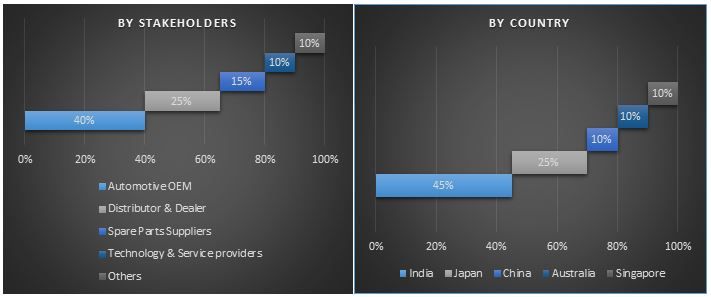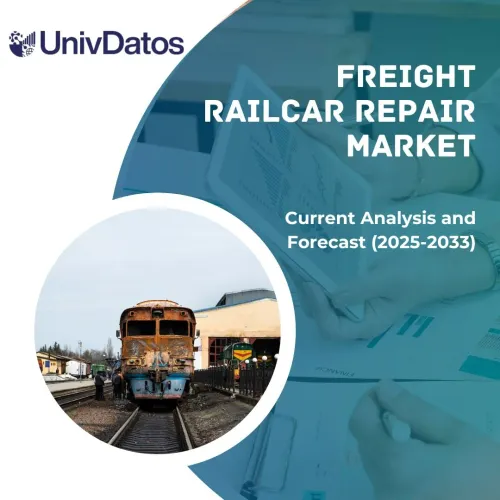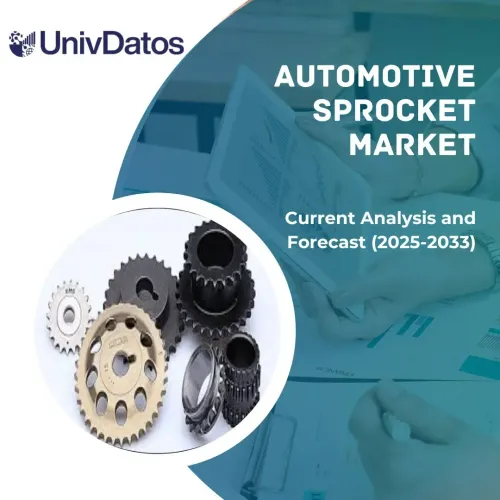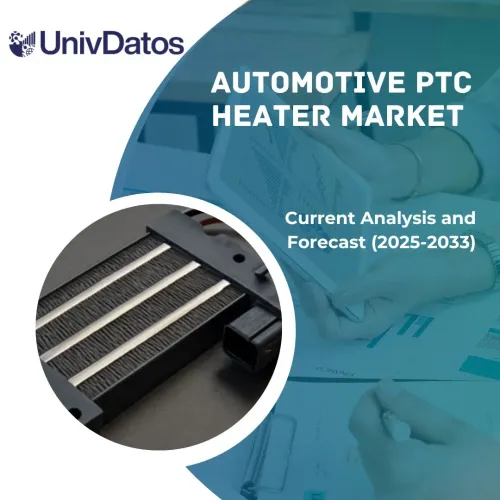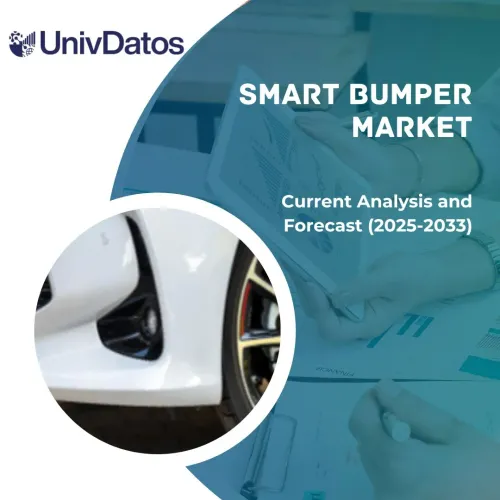자동차 레이더에 대한 아시아 태평양 시장 통찰: 통찰 및 예측 (2018-2024)
레이더 범위(단거리 레이더 & 중거리 레이더 (S&MRR), 장거리 레이더 (LRR)), 애플리케이션(어댑티브 크루즈 컨트롤, 자율 비상 제동, 지능형 주차 시스템, 사각 지대 감지, 충돌 완화 시스템, 기타)에 대한 강조 – 통찰 및 예측, 2018-2024
아시아 태평양 지역은 세계 최대의 자동차 제조 허브이며 닛산, 현대, 혼다, 기아, 토요타 등 주요 자동차 제조업체의 본거지입니다. 아시아 시장은 또한 저가 국가 소싱과 이 지역의 높은 수준의 산업화를 기반으로 하는 자동차 부문의 신흥 시장입니다. 사고 발생 증가와 안전한 차량 이동성에 대한 수요 증가, 혁신적인 레이더 시스템 구축을 위한 엄격한 정부 규제 및 이니셔티브는 인도, 중국, 태국 등 아시아 국가에서 차량에 레이더 기술을 배포하는 주요 요인입니다. 또한 자율 주행차의 증가 추세와 차량 전동화 증가는 이 지역의 자동차 레이더 성장을 촉진할 것으로 예상됩니다. 아시아 국가의 차량 판매 증가는 업계에서 운영되는 공급업체가 수익 점유율을 높일 수 있는 더 넓은 범위의 성장 기회를 제공할 것입니다. 그러나 인도와 중국의 위조 및 여러 국가에서 정부가 부과하는 높은 수입 및 세금은 이 지역의 주요 과제로 작용하고 있습니다.
보고서에 제시된 통찰:
- 아시아 자동차 레이더 시장은 레이더 범위에 따라 세분화됩니다. 여기에는 단거리 및 중거리 레이더(S&MRR)와 장거리 레이더(LRR)가 포함됩니다. 2017년에S&MRR 부문이 LRR을 지배했지만 LRR은 예측 기간(2018-2024) 동안 25.9%의 CAGR로 가장 빠르게 성장하는 시장이 될 것으로 예상됩니다.
- 다양한 애플리케이션 영역을 기반으로 시장은 어댑티브 크루즈 컨트롤(ACC), 자율 비상 제동(AEB), 지능형 주차 시스템(IPS), 사각 지대 감지(BSD), 충돌 완화 시스템(CMS) 등으로 분류됩니다. 이러한 애플리케이션 영역 중 어댑티브 크루즈 컨트롤은 예측 기간 동안 가장 큰 시장이 될 것으로 예상됩니다. 반면, 자율 비상 제동 애플리케이션의 시장 가치는 예측 기간 동안 가장 빠르게 성장할 것으로 예상됩니다.
- 이 연구는 또한 24GHz 및 77GHz와 같은 다양한 주파수 대역에 걸쳐 세분화를 포함합니다. 아시아 태평양 지역의 24GHz 레이더 수요 증가로 인해 이 부문은 2017년에 가장 높은 시장 점유율을 차지했습니다. 그러나 2021년까지 77GHz 레이더의 시장 가치는 24GHz 레이더 시장을 초과할 것으로 예상되며 2024년까지 지배적인 위치를 유지할 것으로 예상됩니다.
- 아시아 자동차 레이더 시장은 또한 승용차, 고급차, 상용차 등 다양한 차량 유형으로 세분화됩니다.2017년에는 승용차 부문이 5억 3,727만 달러의 시장 가치로 시장을 지배했습니다.이에 더해, 고급 차량 부문에서 레이더 시스템에 대한 수요 증가는 고급 차량 부문을 예측 기간 동안 가장 빠르게 성장하는 시장으로 만들 것으로 예상됩니다.
- 아시아 자동차 레이더 시장에 대한 심층적인 이해를 위해 중국, 일본, 인도, 싱가포르, 한국, 호주 및 기타 아시아 태평양 지역과 같은 다양한 국가로 추가 세분화됩니다. 2017년에는 중국이 아시아 시장을 지배했으며, 이는 거대한 자동차 산업, 여러 레이더 공급 업체의 존재, 소비자의 경제 상황 개선 등이 주요 요인이었습니다.
프로파일링된 주요 기업:
보고서에 프로파일링된 주요 업체로는 Continental AG, Robert Bosch GmbH, Denso Corporation, Delphi Automotive Plc, Infineon Technologies AG, NXP Semiconductors NV, Valeo SA, Analog Devices Inc., Hella KGaA Hueck and Co, Texas Instruments Inc.가 있습니다.
보고서를 구매해야 하는 이유:
- 이 연구에는 인증된 주요 업계 전문가가 검증한 시장 규모 측정 및 예측 분석이 포함됩니다.
- 이 보고서는 전반적인 산업 성과를 한 눈에 빠르게 검토합니다.
- 이 보고서는 주요 비즈니스 재무, 제품 포트폴리오, 확장 전략 및 최근 개발에 중점을 두고 주요 업계 동료에 대한 심층 분석을 다룹니다.
- 업계에서 지배적인 동인, 제약, 주요 트렌드 및 기회에 대한 자세한 검토.
- Porter의 Five Forces 분석을 통해 산업 매력도 검토
- 이 연구는 다양한 부문에 걸쳐 시장을 포괄적으로 다룹니다.
- 산업에 대한 심층적인 지역 수준 분석
맞춤화 옵션:
아시아 태평양 자동차 레이더 시장은 국가 수준 또는 기타 시장 부문으로 맞춤화할 수 있습니다. 이 외에도 UMI는 귀하가 고유한 비즈니스 요구 사항을 가질 수 있음을 이해하므로 고객에게 완전 맞춤형 솔루션도 제공합니다.
목차
과거 시장 분석, 현재 시장 추정, 아시아 태평양 자동차 레이더 기술의 미래 시장 예측은 주요 아시아 국가에서 자동차 레이더의 전반적인 채택률을 생성하고 분석하는 데 관련된 세 가지 주요 단계였습니다. 기술의 과거 시장과 현재 시장에 대한 전반적인 추정치를 수집하기 위해 광범위한 2차 조사가 수행되었습니다. 둘째, 이러한 통찰력을 검증하기 위해 수많은 결과와 가정이 고려되었습니다. 또한 아시아 태평양 자동차 레이더 시장의 가치 사슬 전반에 걸쳐 업계 전문가와 광범위한 1차 인터뷰를 진행했습니다. 모든 가정, 시장 규모 측정 및 1차 인터뷰를 통한 시장 수치 검증 후, 상향식 접근 방식을 사용하여 아시아 태평양 자동차 레이더 시장의 전체 시장 규모를 예측했습니다. 그 후 시장 세분화 및 데이터 삼각 측량 방법을 채택하여 아시아 태평양 자동차 레이더 시장의 세그먼트 및 하위 세그먼트의 시장 규모를 추정하고 분석했습니다. 자세한 방법론은 아래에 설명되어 있습니다.
과거 시장 규모 분석
1단계: 2차 소스 심층 연구:
아시아 태평양 자동차 레이더 시장의 과거 시장 규모를 얻기 위해 다음과 같은 회사 내부 소스를 통해 자세한 2차 연구가 수행되었습니다.연례 보고서 및 재무제표, 성과 발표, 보도 자료, 재고 기록 등및 다음을 포함한 외부 소스거래 저널, 뉴스 및 기사, 정부 간행물, 경제 데이터, 경쟁사 간행물, 부문 보고서, 규제 기관 간행물, 안전 표준 기구, 타사 데이터베이스 및 기타 신뢰할 수 있는 간행물.차량 생산 및 판매 관련 데이터에 대해 국제 자동차 공업 협회(International Organization of Motor Vehicle Manufacturers)가 사용되었습니다.
2단계: 시장 세분화:
전반적인 시장의 과거 시장 규모를 확보한 후, 아시아 태평양 자동차 레이더 시장의 다양한 세그먼트 및 하위 세그먼트에 대한 과거 시장 통찰력 및 점유율을 수집하기 위해 자세한 2차 분석이 수행되었습니다. 보고서에 포함된 주요 세그먼트에는 센서 유형, 레이더 범위, 주파수 대역, 애플리케이션 및 차량 유형이 있습니다. 아시아 태평양 자동차 레이더 시장의 주요 세그먼트의 하위 세그먼트에 대한 추가 분석도 수행되었습니다.
3단계: 요인 분석:
다양한 세그먼트 및 하위 세그먼트의 과거 시장 규모를 획득한 후, 아시아 태평양 자동차 레이더 기술의 현재 시장을 추정하기 위해 자세한요인 분석이 수행되었습니다. 요인 분석은 차량 안전 규정 변경, 첨단 운전자 지원 시스템(ADAS) 기술의 채택 증가, 차량당 사용되는 레이더 센서 수 증가 등 종속 및 독립 변수를 사용하여 수행되었습니다. 연구를 수행하는 동안 차량의 후방 카메라 시스템 및 차선 이탈 경고 기술을 의무화하는 엄격한 정부 규제가 고려되어 자동차 레이더 기술의 성장을 자극했습니다. 아시아 태평양 자동차 레이더 시장의 과거 추세와 최근 시장 규모 및 점유율에 미치는 연간 영향이 분석되었습니다. 수요 및 공급 측면 시나리오도 철저히 연구되었습니다.
현재 시장 규모 추정 및 예측
현재 시장 규모 측정:위의 3단계에서 얻은 실행 가능한 통찰력을 바탕으로 현재 시장 규모, 주요 애플리케이션 및 시장의 주요 업체, 이러한 업체의 시장 점유율, 업계의 공급망 및 업계의 가치 사슬에 도달했습니다. 필요한 모든 비율 점유율, 분할 및 시장 세분화는 위에서 언급한 2차 접근 방식을 사용하여 결정되었으며 1차 인터뷰를 통해 검증되었습니다.
추정 및 예측:시장 추정 및 예측을 위해 시장에서 사용할 수 있는 동인, 제약, 트렌드 및 기회를 포함한 다양한 요인에 가중치가 할당되었습니다. 이러한 요소를 분석한 후 관련 예측 기술, 즉 하향식/상향식을 적용하여 주요 아시아 국가의 다양한 세그먼트 및 하위 세그먼트에 대한 2024년 시장 예측에 도달했습니다. 시장 규모를 추정하기 위해 채택된 연구 방법론은 다음을 포함합니다.
- 아시아 태평양 자동차 레이더 기술의 산업 시장 규모(가치(US$)) 및 주요 아시아 국가에서 자동차 레이더 기술의 전반적인 채택률
- 시장 세그먼트 및 하위 세그먼트의 모든 비율 점유율, 분할 및 세분화
- 주요 애플리케이션 및 시장의 주요 업체와 각 업체의 시장 점유율. 또한 급성장하는 아시아 태평양 자동차 레이더 기술 시장에서 경쟁하기 위해 이러한 업체가 채택한 성장 전략
시장 규모 및 점유율 검증
1차 연구: 최고위 임원(CXO/VP, 영업 부사장, 마케팅 부사장, 운영 책임자, 지역 책임자 등)을 포함한 주요 의견 리더(KOL)와 심층 인터뷰를 진행했습니다. 1차 연구 결과를 요약하고 통계 분석을 수행하여 명시된 가설을 입증했습니다. 1차 연구의 입력은 2차 결과를 통합하여 정보를 실행 가능한 통찰력으로 전환했습니다.
분할주요 참여자
시장 엔지니어링
데이터 삼각 측량 기술을 사용하여 전체 시장 엔지니어링 프로세스를 완료하고 아시아 태평양 자동차 레이더 시장과 관련된 각 세그먼트 및 하위 세그먼트의 정확한 통계 수치를 얻었습니다. 데이터는 센서 유형, 레이더 범위, 주파수 대역, 애플리케이션 및 차량 유형 분야의 다양한 매개변수와 추세를 연구한 후 여러 세그먼트 및 하위 세그먼트로 분할되었습니다.
주요아시아 태평양 자동차 레이더 시장 연구의 목표
본 연구에서는 아시아 태평양 자동차 레이더 시장의 현재 및 미래 시장 동향을 파악했습니다. 투자자는 연구에서 수행된 질적 및 양적 분석을 통해 투자를 위한 판단의 근거가 될 전략적 통찰력을 얻을 수 있습니다. 현재 및 미래 시장 동향은 시장의 전반적인 매력을 결정하여 산업 참여자가 미개척 시장을 활용하여 선점 우위를 확보할 수 있는 플랫폼을 제공합니다. 연구의 다른 정량적 목표는 다음과 같습니다:
- 아시아 태평양 자동차 레이더 시장의 현재 및 예측 시장 규모를 가치(US$) 측면에서 분석
- 아시아 태평양 자동차 레이더 기술의 다양한 세그먼트 및 하위 세그먼트의 현재 및 예측 시장 규모를 분석합니다. 연구에 포함된 세그먼트는 센서 유형, 레이더 범위, 주파수 대역, 애플리케이션 및 차량 유형입니다.
- 자동차 레이더 기술에 사용되는 기술 및 프로토콜을 정의하고 설명합니다.
- 기술과 고객 및 경쟁사 분석과 관련된 잠재적 위험을 예측합니다.
- 주요 아시아 태평양 국가의 자동차 레이더에 대한 정부 규정을 정의하고 분석합니다.
- 중국, 일본, 인도, 싱가포르, 한국, 호주 및 기타 아시아 태평양 국가를 포함한 아시아 주요 국가의 아시아 태평양 자동차 레이더 시장의 현재 및 예측 시장 규모를 가치 측면에서 분석합니다.
아시아 태평양 자동차 레이더 시장의 경쟁 환경과 시장 참여자가 끊임없이 성장하는 시장에서 생존하기 위해 채택한 성장 전략을 정의하고 분석합니다.
관련 보고서
이 상품을 구매한 고객님들도 함께 구매하신 상품

